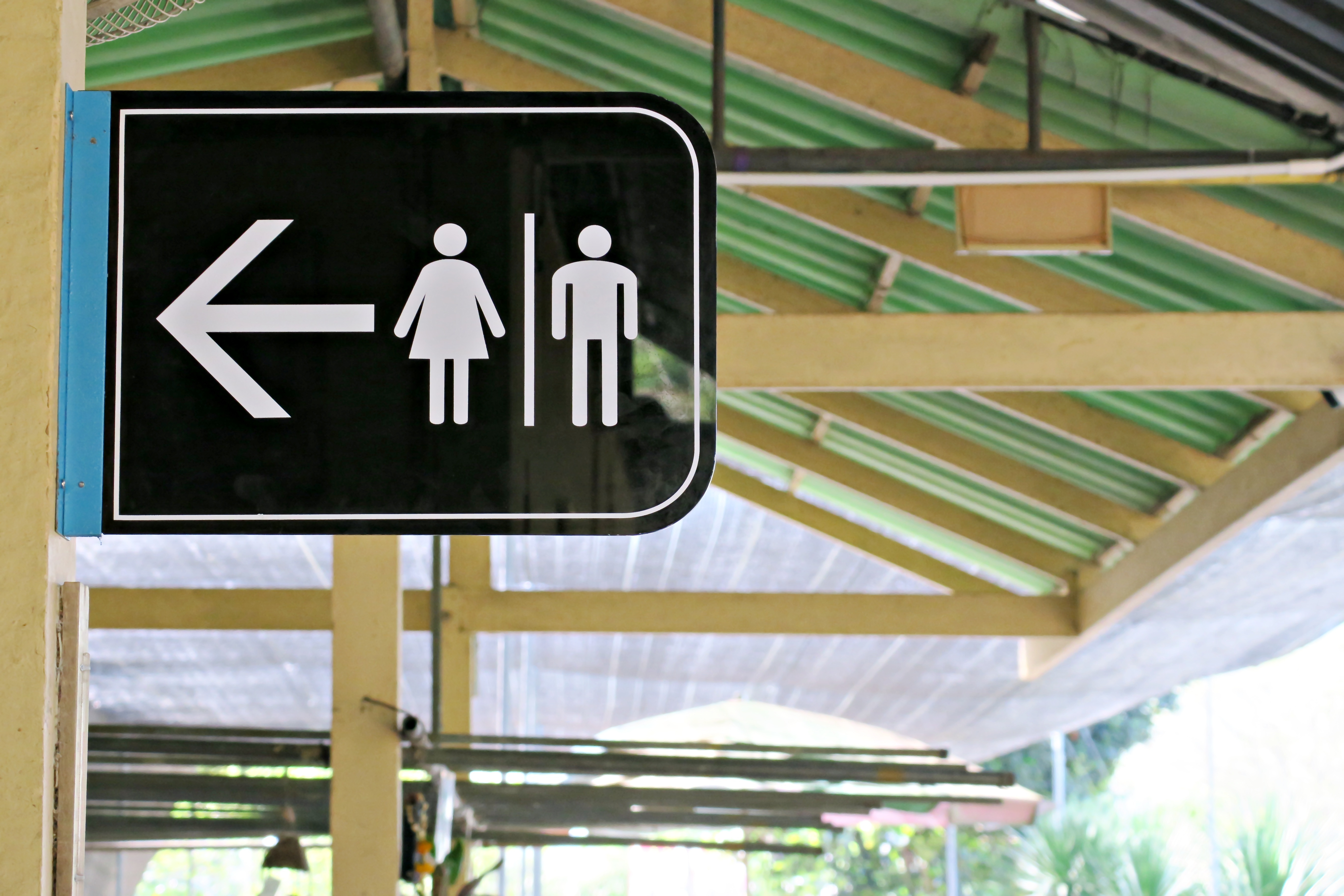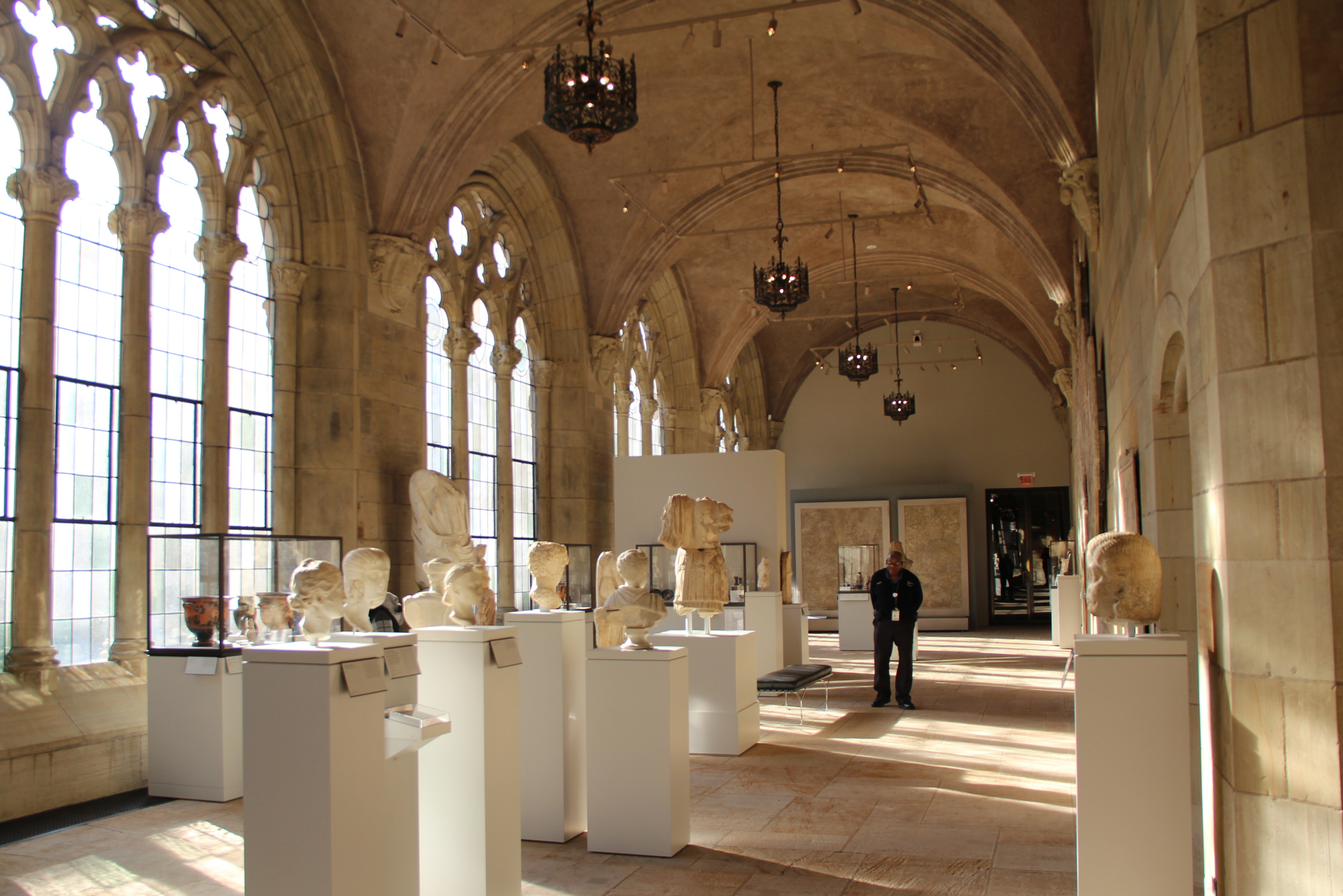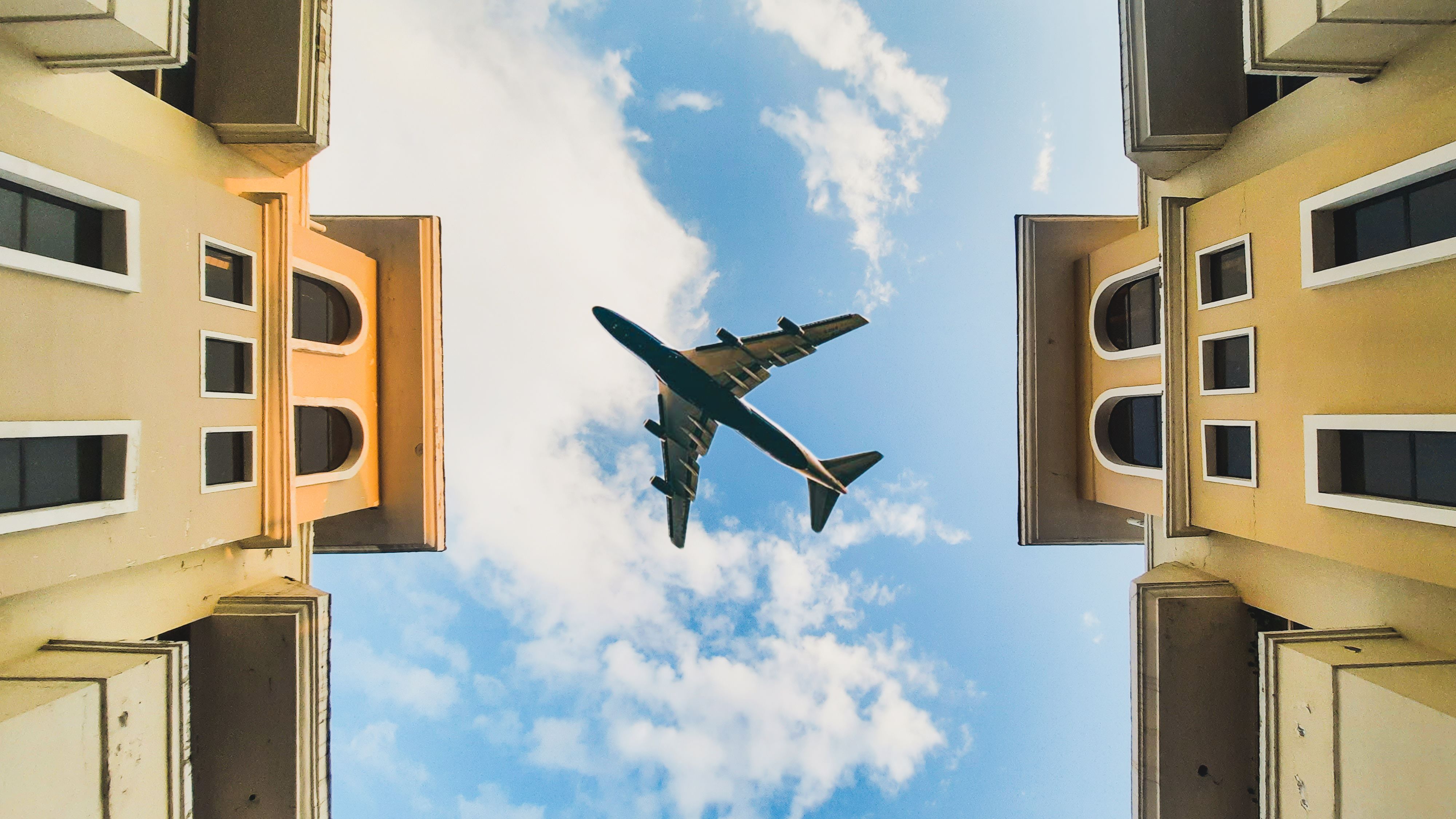No Ice? Small Coffee? 12 Things That Mysteriously Bother Only American Tourists
When American tourists step beyond their borders, they often find themselves in a world that operates on a different frequency. From the way people greet each other to the culinary habits that define daily life, international travel can be a kaleidoscope of unexpected experiences and cultural quirks. This article delves into 12 unique and often surprising cultural practices that frequently leave American tourists puzzled, amused, and sometimes bewildered. These quirks offer a window into the diverse tapestry of global life, reminding us that while we may share the same planet, the ways in which we live and interact can be wonderfully varied.
1. The Art of Personal Space

One of the first things American tourists notice when they travel abroad is the concept of personal space—or, in many cases, the lack thereof. While Americans typically value a certain amount of physical distance during interactions, this is not a universal standard. In many parts of the world, particularly in countries like Italy and Brazil, closer physical proximity during conversations is the norm. This can be initially uncomfortable for those accustomed to maintaining a "bubble," but it also offers an opportunity to engage more intimately with the local culture. Understanding these differences in personal space can be crucial for tourists looking to make meaningful connections abroad.
Moreover, the notion of personal space extends beyond social interactions. In densely populated areas like Tokyo or Mumbai, the sheer volume of people means that personal space is often a luxury rather than a given. Public transportation, bustling markets, and crowded streets are everyday realities where the concept of personal space is redefined. For American tourists, adapting to these environments requires a shift in mindset and an appreciation for the unique ways in which other cultures navigate their surroundings.
2. The Enigma of Tipping Practices

Tipping is another area where American tourists often find themselves perplexed. In the United States, tipping is a customary practice, with a standard tip ranging from 15% to 20% of the bill. However, this is not the case everywhere. In countries like Japan and South Korea, tipping is not only unnecessary but can be considered rude or insulting. The service charge is usually included in the bill, and the act of tipping may imply that the service was subpar, which can be embarrassing for both parties involved.
Conversely, in European countries such as France or Italy, tipping is appreciated but not expected in the same way it is in the U.S. A small gratuity or rounding up the bill is often sufficient. Understanding these nuances is crucial for American tourists, as it helps avoid awkward situations and ensures respectful interactions with local service providers. This quirk highlights the importance of researching cultural norms before traveling to avoid misunderstandings and to show appreciation in a manner that aligns with local customs.
3. The Culinary Adventure of Unfamiliar Foods

Food is a universal language, but the dialects can be vastly different. American tourists often find themselves bewildered by the culinary offerings in foreign lands. From the pungent durian fruit of Southeast Asia to the fermented delicacies of Scandinavia, the world is full of flavors that challenge the American palate. These experiences can be both daunting and delightful, offering tourists a chance to expand their culinary horizons and embrace the unfamiliar.
In many countries, food is not just sustenance but a celebration of culture and tradition. For instance, in China, the concept of "nose-to-tail" eating means that no part of the animal goes to waste, resulting in dishes that might surprise an American diner. Similarly, in countries like Mexico, street food is a vibrant and essential part of the culinary scene, offering a rich tapestry of flavors that are often absent from American Mexican restaurants. Embracing these culinary quirks requires an open mind and a willingness to step out of one's comfort zone, ultimately enriching the travel experience.
4. The Intricacies of Queueing

The art of queueing is another cultural quirk that can leave American tourists scratching their heads. While Americans typically adhere to a first-come, first-served system with orderly lines, this is not a universal practice. In countries like China and India, the concept of queueing can be more fluid, with people often jockeying for position rather than forming a neat line. This can be a source of frustration for American tourists who are used to more structured systems.
However, understanding the local approach to queueing is essential for navigating these environments with grace and patience. In many cultures, the emphasis is on efficiency and getting things done rather than adhering to strict rules. This can be seen in the bustling markets of Morocco or the crowded train stations of Russia, where the ability to assert oneself is often necessary. For American tourists, adapting to these practices involves a blend of cultural sensitivity and adaptability, recognizing that different approaches to queueing reflect broader cultural values and priorities.
5. The Dance of Greetings and Gestures

Greetings and gestures are fundamental aspects of human interaction, yet they vary widely across cultures. American tourists often find themselves perplexed by the diverse ways people greet each other around the world. In France, a kiss on each cheek is a common greeting, while in Japan, a bow is the standard form of salutation. These cultural practices can be confusing for those accustomed to a simple handshake or a casual "hello."
Understanding these differences is crucial for respectful and successful interactions abroad. In Middle Eastern countries, for example, the left hand is considered unclean, so it is important to use the right hand for greetings and exchanges. Similarly, in India, the traditional greeting of "Namaste" involves a slight bow with hands pressed together, reflecting a deep sense of respect and humility. For American tourists, learning and adopting these gestures demonstrates cultural awareness and a willingness to engage with local customs, enhancing the travel experience and fostering positive connections.
6. The Mystery of Metric Measurements

For American tourists, the metric system can be a source of confusion and frustration. While the United States primarily uses the imperial system of measurements, the rest of the world largely operates on the metric system. This can lead to bewildering situations when trying to understand distances, temperatures, and weights in countries that use meters, Celsius, and kilograms.
Navigating the metric system requires a bit of preparation and adaptability. Tourists may find themselves converting kilometers to miles or Celsius to Fahrenheit to make sense of weather reports and travel distances. This quirk highlights the importance of flexibility and resourcefulness when traveling, encouraging tourists to embrace new systems and learn to communicate effectively in a global context. Understanding the metric system not only facilitates smoother travel experiences but also fosters a greater appreciation for the diverse ways in which the world measures and quantifies everyday life.
7. The Puzzle of Public Transportation

Public transportation is another area where American tourists often encounter cultural quirks. While many American cities rely heavily on cars for transportation, other countries boast intricate and efficient public transit systems. In cities like Tokyo and London, the subway systems are marvels of engineering, offering a level of convenience and accessibility that can be both impressive and intimidating for American tourists.
Understanding the nuances of public transportation in different countries is crucial for navigating these systems effectively. In places like Germany, punctuality is paramount, with trains and buses running on precise schedules. In contrast, public transportation in countries like India may operate on a more relaxed timeline, requiring patience and flexibility. For American tourists, mastering the intricacies of public transit involves not only learning the routes and schedules but also understanding the unspoken rules and etiquette that govern these systems, ultimately enhancing the travel experience and fostering a deeper connection with the local culture.
8. The Riddle of Restroom Realities

Restroom etiquette and facilities can be a surprising source of culture shock for American tourists. While Americans are accustomed to certain standards of restroom design and cleanliness, these can vary widely around the world. In many Asian countries, squat toilets are common, requiring a level of dexterity and adaptation that can be challenging for those used to Western-style toilets.
Additionally, the availability and cost of public restrooms can differ significantly. In many European cities, public restrooms may require a small fee, and finding a free facility can be difficult. Understanding these differences is essential for navigating the practicalities of travel with ease and confidence. For American tourists, embracing these restroom realities involves a blend of preparation and open-mindedness, recognizing that these quirks are part of the broader tapestry of cultural diversity and offering an opportunity to learn and grow through travel.
9. The Conundrum of Currency

Currency and payment methods can be another source of confusion for American tourists. While credit cards are widely accepted in the United States, this is not always the case in other countries. In places like Germany and Japan, cash is still king, and travelers may find themselves needing to carry local currency for everyday transactions.
Understanding the local currency and payment practices is crucial for smooth travel experiences. This involves not only learning the exchange rates but also familiarizing oneself with the denominations and designs of foreign money. Additionally, tourists must be aware of potential fees associated with currency exchange and international transactions, ensuring they are prepared for the financial aspects of travel. For American tourists, mastering the intricacies of foreign currency involves a blend of research and adaptability, enabling them to navigate the financial landscape of their destination with ease and confidence.
10. The Paradox of Punctuality

Punctuality is another cultural quirk that can leave American tourists perplexed. While Americans often value timeliness and efficiency, this is not a universal standard. In countries like Spain and Italy, a more relaxed approach to time is common, with social events and appointments often starting later than scheduled. This can be initially frustrating for those accustomed to strict adherence to schedules, but it also offers an opportunity to embrace a more laid-back lifestyle.
Understanding these differences in punctuality is crucial for successful interactions abroad. In many cultures, the emphasis is on relationships and experiences rather than rigid schedules, reflecting broader cultural values and priorities. For American tourists, adapting to these practices involves a shift in mindset and a willingness to embrace a more flexible approach to time, ultimately enriching the travel experience and fostering a deeper connection with the local culture.
11. The Enigma of Etiquette

Etiquette is another area where American tourists often encounter cultural quirks. While Americans are accustomed to certain standards of politeness and behavior, these can vary widely around the world. In Japan, for example, the emphasis is on subtlety and indirect communication, with a focus on maintaining harmony and avoiding confrontation. This can be challenging for those used to more direct forms of communication, but it also offers an opportunity to engage with a rich and nuanced cultural tradition.
Understanding these differences in etiquette is crucial for respectful and successful interactions abroad. In many cultures, the emphasis is on respect and humility, with specific customs and practices governing social interactions. For American tourists, learning and adopting these customs demonstrates cultural awareness and a willingness to engage with local traditions, enhancing the travel experience and fostering positive connections.
12. The Intrigue of Indigenous Languages

Language is a fundamental aspect of culture, and American tourists often find themselves puzzled by the diverse array of languages spoken around the world. While English is widely spoken in many countries, it is not universal, and tourists may encounter situations where communication is challenging. This can be both daunting and exhilarating, offering an opportunity to engage with new languages and cultures in meaningful ways.
Understanding the local language, even at a basic level, is crucial for successful interactions abroad. This involves not only learning key phrases and expressions but also understanding the cultural context in which they are used. For American tourists, embracing the challenge of learning a new language demonstrates cultural awareness and a willingness to engage with local traditions, ultimately enriching the travel experience and fostering positive connections.
Embracing the Quirks

Traveling abroad is a journey of discovery, offering American tourists the chance to encounter a world full of quirky and fascinating cultural practices. These experiences, while sometimes perplexing, provide invaluable insights into the diverse ways in which people live and interact around the world. By embracing these quirks with an open mind and a spirit of curiosity, tourists can deepen their understanding of global cultures and foster meaningful connections with the people they meet. Ultimately, these cultural quirks serve as a reminder of the rich tapestry of human experience, encouraging us to celebrate the differences that make our world so wonderfully unique.








